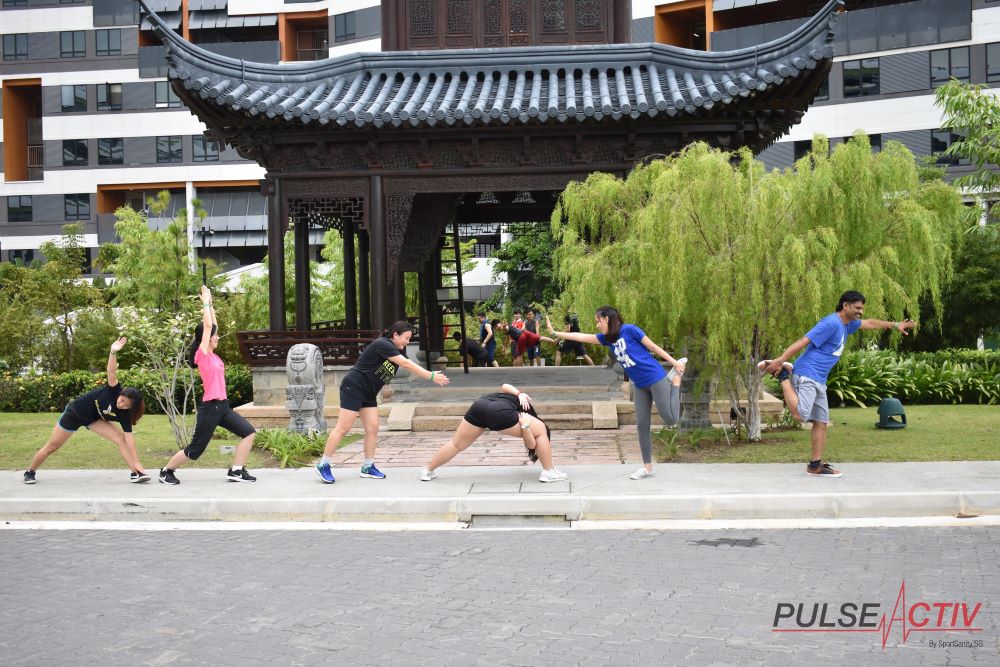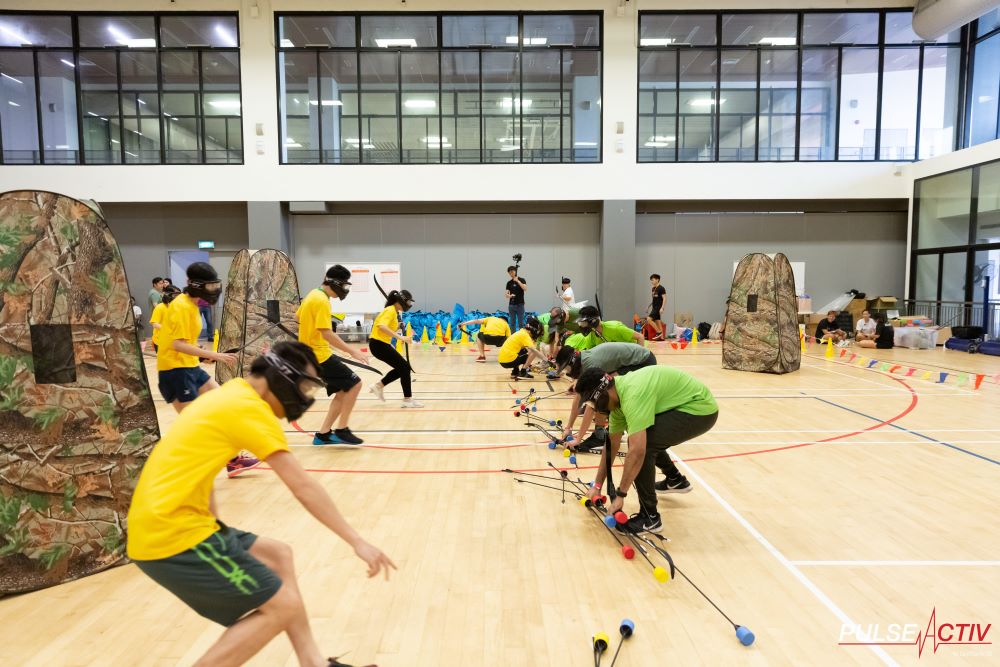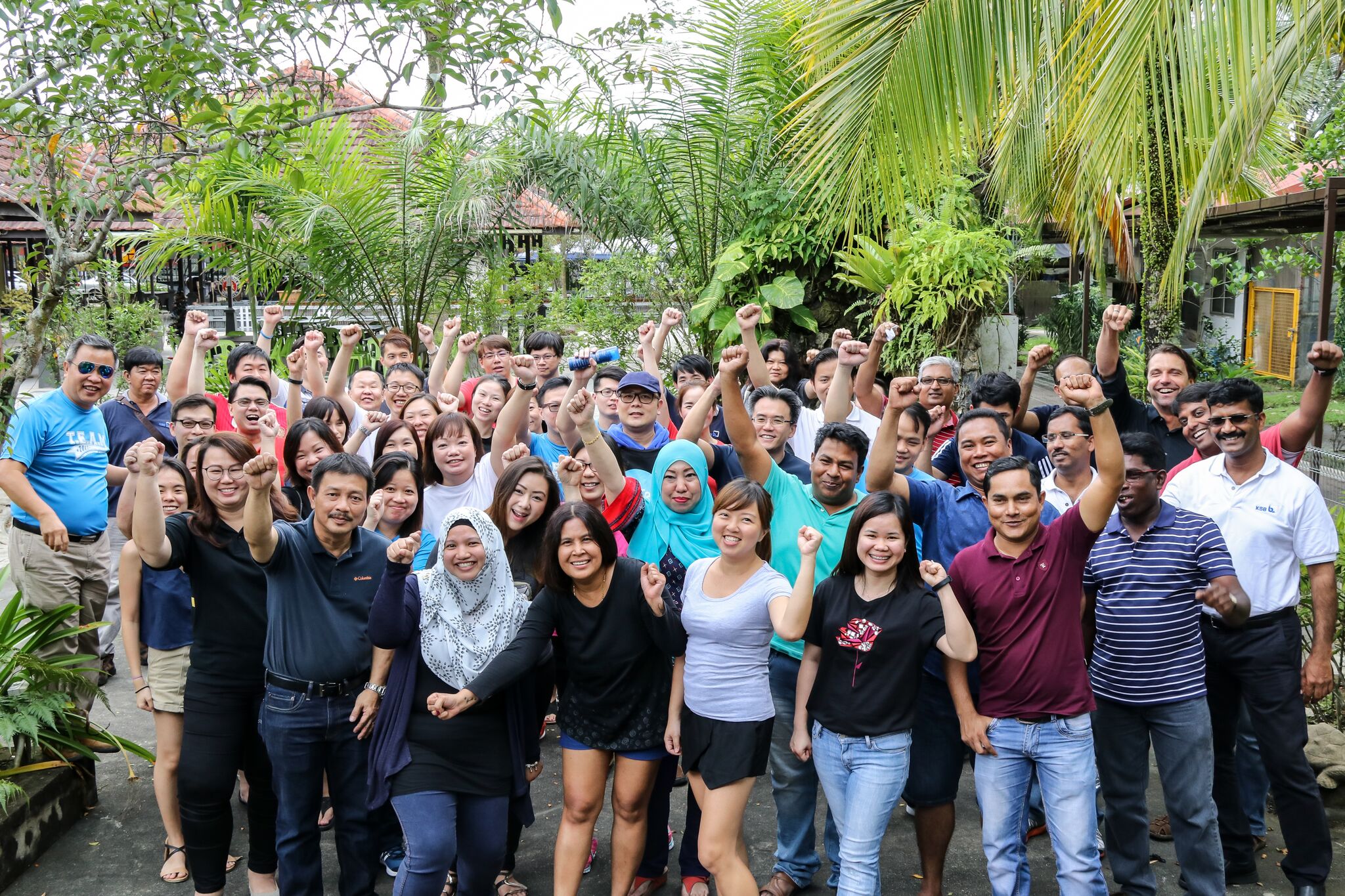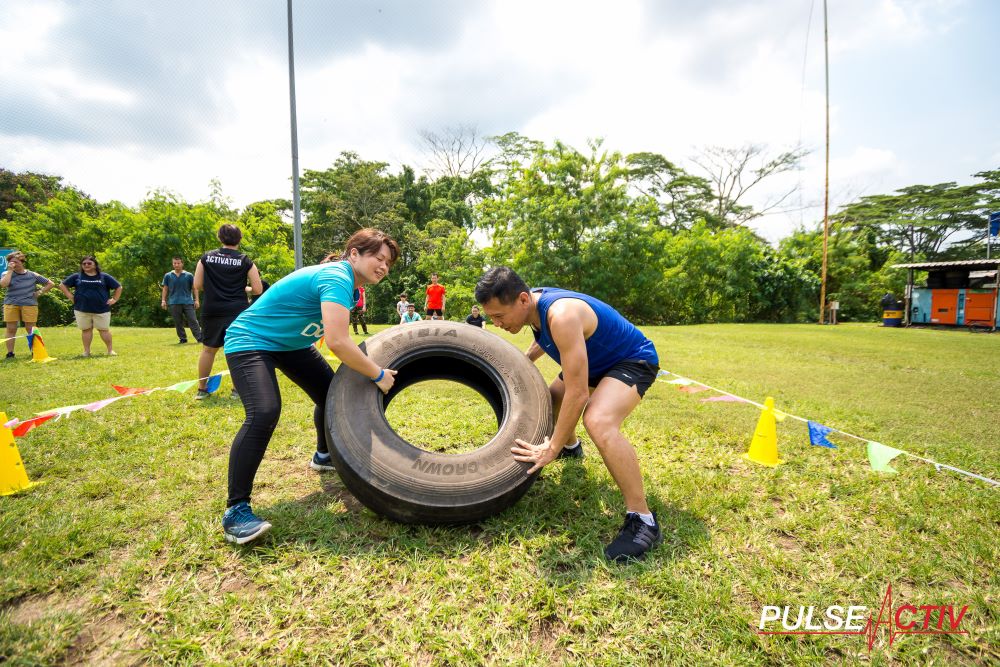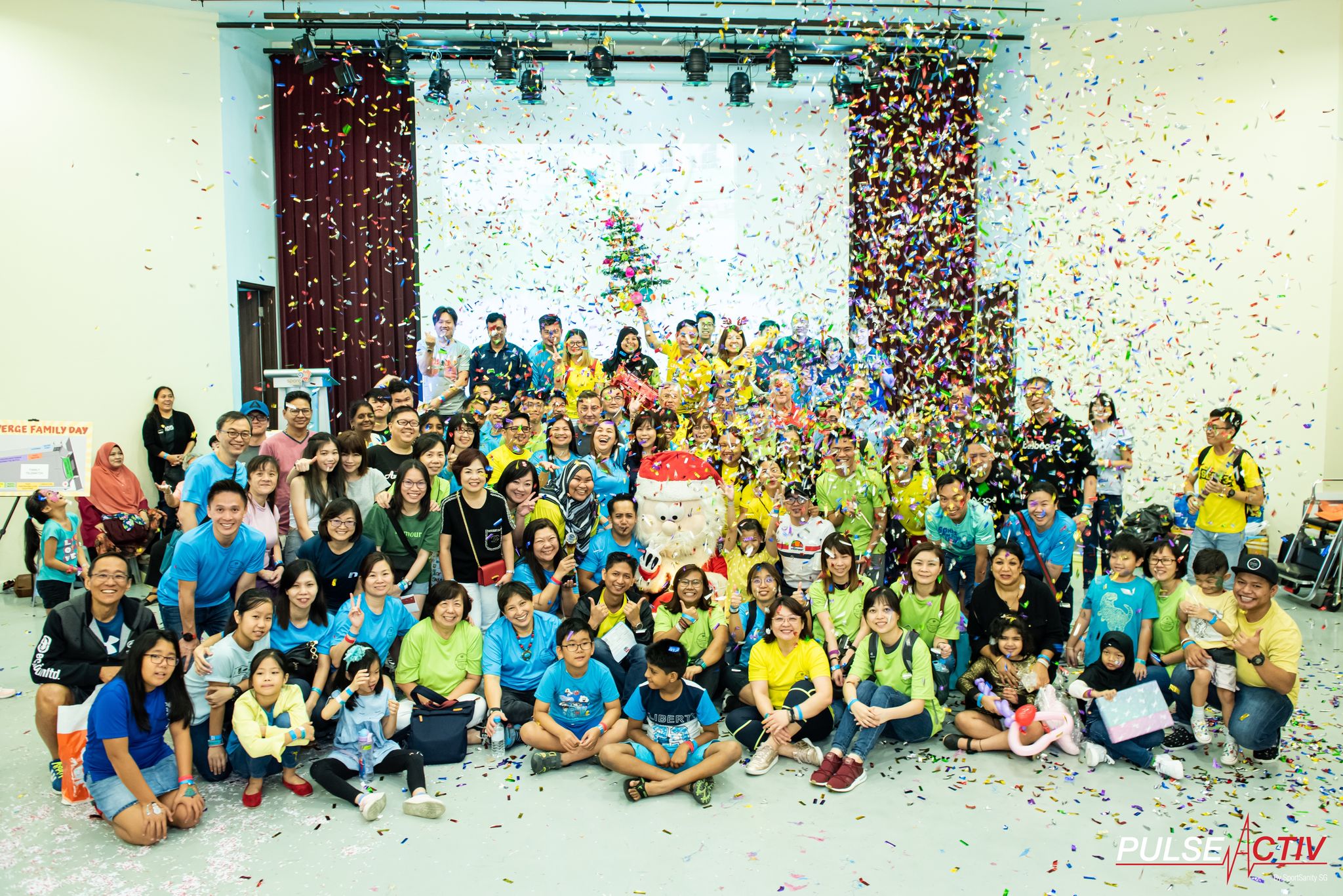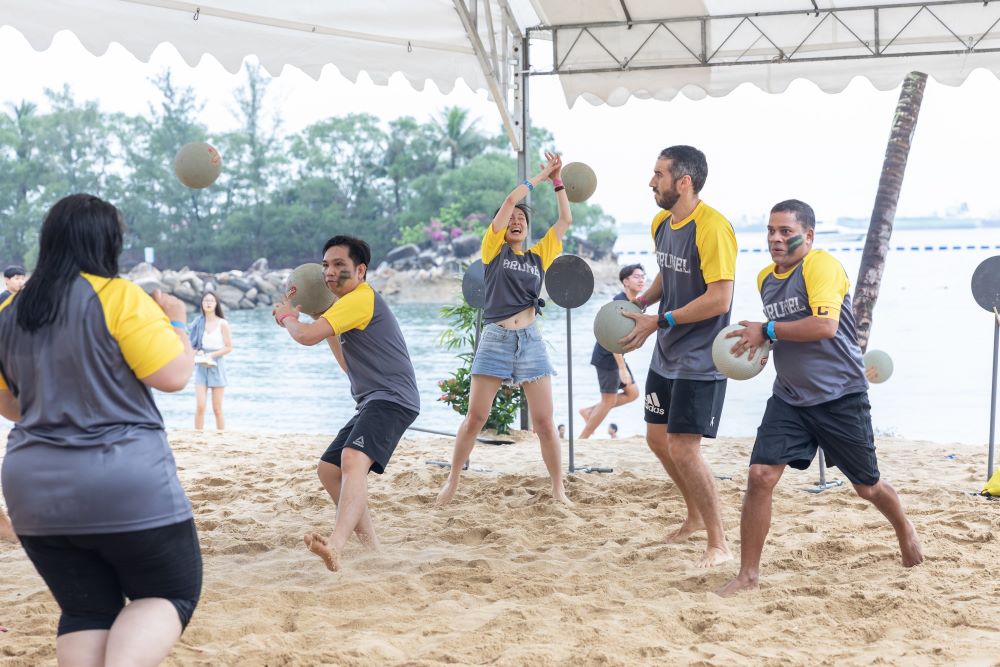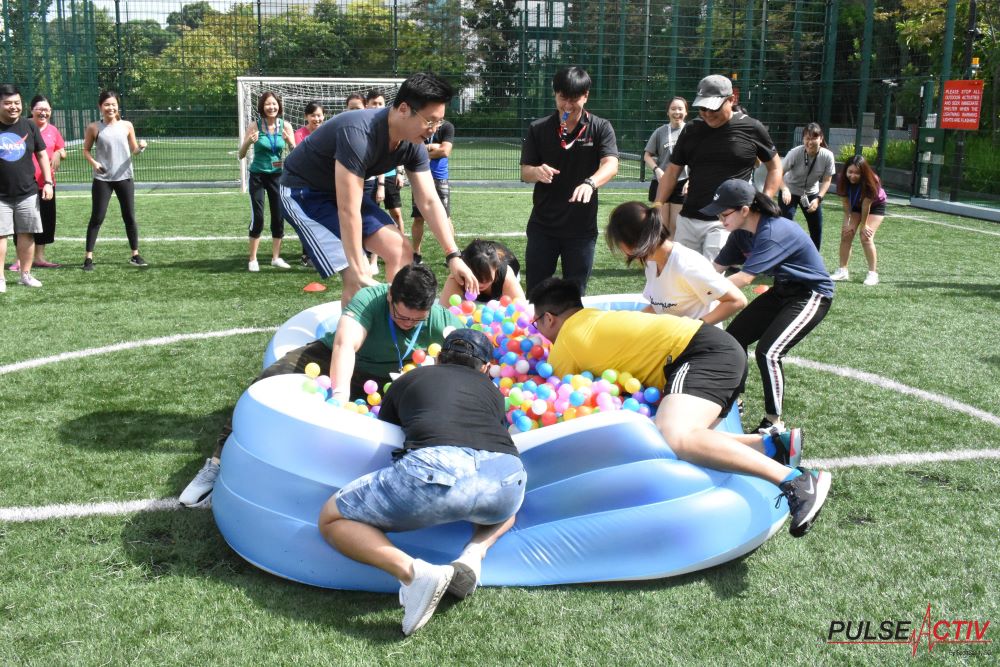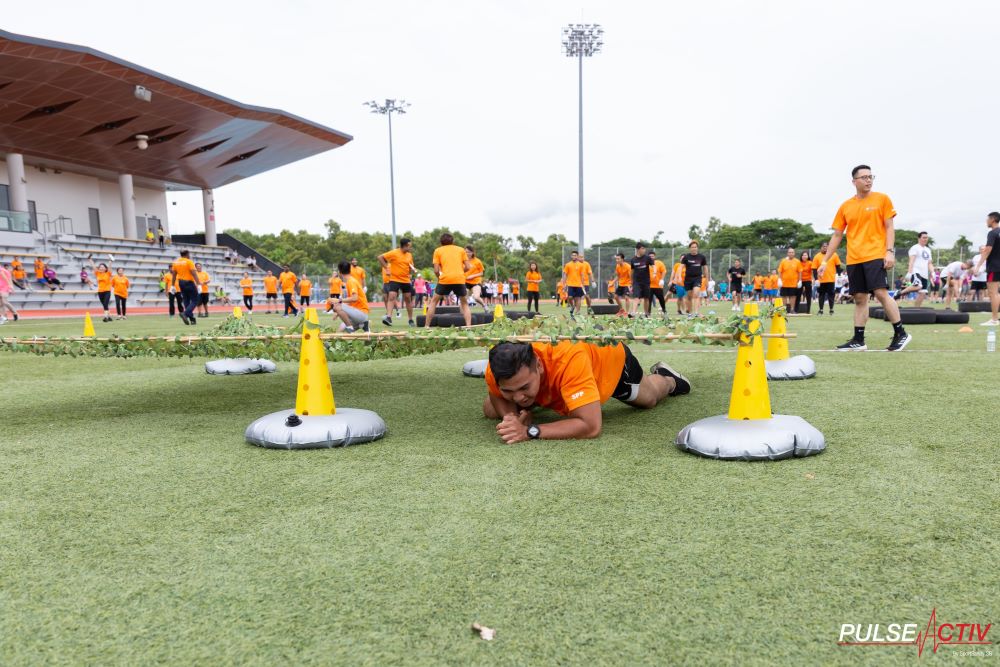PulseActiv's Click, Snap, Move Outdoor Program: A Fun-Filled Exploration of Team Dynamics
In the realm of corporate team-building, PulseActiv’s Click, Snap, Move Outdoor Program stands out as an exhilarating blend of technology, creativity, and adventure. This program offers a refreshing twist on traditional team-building activities by merging outdoor exploration with interactive challenges. Here’s a detailed look at what makes the Click, Snap, Move Outdoor Program a unique and engaging experience for teams.
Program Overview
PulseActiv’s Click, Snap, Move Outdoor Program transforms the city of Singapore into an expansive playground for teams. Equipped with a custom photomap, teams embark on a scavenger hunt where they capture amusing and creative photos while completing a series of fun challenges. The program’s design encourages participants to explore familiar locales from an entirely new perspective, fostering teamwork and camaraderie in the process.
The Click, Snap, Move Experience
1. The Custom Photomap
At the heart of the Click, Snap, Move Program is the custom photomap—a unique tool that guides teams through their adventure.
- Design and Function: The photomap is composed of images representing various landmarks and locations across Singapore. Each image corresponds to a specific challenge or checkpoint, guiding teams as they navigate the city.
- Interactive Navigation: Teams use the photomap to locate their next destination. This visual approach adds an element of intrigue and excitement, as participants must decode the images and determine their route.
2. Engaging Challenges
The challenges in the Click, Snap, Move Program are designed to be both entertaining and interactive, encouraging teams to think creatively and work together.
- Diverse Tasks: Teams encounter a range of challenges at each location, from performing jump-shots and creating human pyramids to searching for hidden eggs. These tasks are crafted to be fun, engaging, and inclusive of all team members.
- Physical and Mental Challenges: The program incorporates a mix of physical activities and mental puzzles, ensuring that all team members can contribute according to their strengths. Whether it’s navigating tricky terrain, solving a riddle, or coordinating a group photo, each task is designed to challenge and engage participants.
- Creativity and Innovation: Challenges require teams to be inventive. Whether it’s staging a humorous photo or solving a creative puzzle, participants have the opportunity to showcase their originality and teamwork.
3. Strategic and Competitive Elements
The Click, Snap, Move Program incorporates elements of strategy and competition, adding depth to the team-building experience.
- Points System: Teams earn points by completing challenges and visiting checkpoints. The more tasks completed and locations visited, the higher the team’s score.
- Strategic Planning: To maximize their score, teams must plan their route effectively, making decisions on whether to go left, right, forward, or even sideways. This strategic element encourages discussions and decision-making among team members.
4. Capturing Memorable Moments
One of the standout features of the Click, Snap, Move Program is the opportunity to capture funny and unique photos that will serve as lasting memories.
- Photo Opportunities: Each challenge is designed to be photo-worthy, resulting in a collection of entertaining and often hilarious images. Whether it’s a team leaping for a jump-shot or posing with a creatively built human pyramid, these photos provide lasting mementos of the team’s adventure.
- Shared Memories: The photos become cherished keepsakes that teams can look back on and laugh about. They also serve as great material for sharing within the organization or on social media, showcasing the team’s creativity and spirit.
Benefits of the Click, Snap, Move Program
PulseActiv’s Click, Snap, Move Outdoor Program offers a range of benefits that enhance both team dynamics and individual engagement:
1. Enhanced Team Collaboration
- Communication: The program fosters open communication as team members collaborate to solve challenges and navigate the city. Effective communication is crucial for coordinating tasks and making strategic decisions.
- Problem-Solving: Teams work together to overcome obstacles, requiring them to pool their resources and skills. This collaborative problem-solving builds trust and strengthens team bonds.
2. Increased Engagement and Morale
- Fun and Excitement: The blend of outdoor adventure, technology, and creative challenges keeps participants engaged and entertained. The playful nature of the tasks adds a sense of enjoyment and excitement to the experience.
- Boosted Morale: The opportunity to showcase creativity and achieve challenges contributes to a positive and energetic team atmosphere. Participants leave with a sense of accomplishment and improved morale.
3. Unique Exploration of Singapore
- New Perspectives: The program encourages teams to explore Singapore from a different angle, discovering hidden gems and appreciating familiar places in new ways.
- Physical Activity: Navigating the city and engaging in various challenges promotes physical activity, adding a healthful element to the team-building experience.
Customizing Your Experience
PulseActiv offers flexibility in tailoring the Click, Snap, Move Program to suit the specific needs and preferences of different organizations:
- Thematic Customization: The challenges and photomap can be customized to align with company themes, values, or specific event objectives.
- Difficulty Adjustments: The complexity of the challenges can be adjusted to match different team sizes and skill levels, ensuring an inclusive experience for all participants.
- Location Choices: Teams can select from a variety of outdoor locations, allowing the program to be adapted to different settings and logistical requirements.
Conclusion
PulseActiv’s Click, Snap, Move Outdoor Program delivers an exceptional team-building experience by combining technology, creativity, and outdoor adventure. With its innovative use of a custom photomap, engaging challenges, and the chance to capture funny and unique photos, it provides a memorable opportunity for teams to bond, strategize, and explore Singapore in a fun and interactive way. For a team-building event that promises both excitement and lasting memories, the Click, Snap, Move Program is a top choice.
For more information and to plan your next team-building adventure, visit PulseActiv’s Click, Snap, Move page.
To head back to read another article in our blog, click here.
